Research on the Gamma/Proton Identification Effect of HADAR Based on Multi-Layer Sensor
DOI: 10.23977/mpcr.2024.040103 | Downloads: 27 | Views: 1436
Author(s)
Liwu Liu 1, Shang Sun 1, Shaozhang Zhao 1, Dayu Peng 1, Xiaoyao Ma 1, Qi Gao 1,2
Affiliation(s)
1 Department of Physics, College of Science, Tibet University, Lhasa, 850000, China
2 The Key Laboratory of Cosmic Rays (Tibet University), Ministry of Education, Lhasa, 850000, China
Corresponding Author
Qi GaoABSTRACT
This study aims to optimize the discrimination performance of gamma/proton in high altitude detection of astrological radiation (HADAR) experiments by employing the multilayer perceptron (MLP) algorithm. The HADAR experiment is used to observe the Cherenkov light produced by cosmic rays and gamma rays in the atmosphere via a composite array composed of four water lenses and surrounding scintillation detectors. And it is highly competitive in detecting the transient sources and the prompt emission of gamma-ray bursts due to its advantages such as low threshold energy (~30GeV) and wide field of view (~30°). However, the image discrimination between background noise and signal become weak when the detected energy of HADAR is less than 100 GeV, leading to unsatisfactory gamma/proton discrimination performance of traditional Hillas parameter methods. In this study, we employ MLP as a discriminator to conduct training and classification based on input characteristic parameters (such as Hillas parameters and core information). The results of Monte Carlo simulation demonstrate that the MLP method exhibits excellent performance and accuracy gamma/proton identification. Specifically, the discrimination between signal and background noise is enhanced at detection energies between 30-100 GeV, and the highest achieved Q-factor is 2.17 (proton exclusion rate ~97.80%, gamma retention rate ~32.20%). This study provides valuable references and a solid foundation for enhancing the gamma/proton discrimination performance of HADAR.
KEYWORDS
HADAR, Multilayer Perceptron, Gamma RaysCITE THIS PAPER
Liwu Liu, Shang Sun, Shaozhang Zhao, Dayu Peng, Xiaoyao Ma, Qi Gao, Research on the Gamma/Proton Identification Effect of HADAR Based on Multi-Layer Sensor. Modern Physical Chemistry Research (2024) Vol. 4: 18-25. DOI: http://dx.doi.org/10.23977/mpcr.2024.040103.
REFERENCES
[1] Sol, H., Zech, A., Boisson, C., Barres de Almeida, U., Biteau, J., Contreras, J.-L., Giebels, B., Hassan, T., Inoue, Y., Katarzyński, K., Krawczynski, H., Mirabal, N., Poutanen, J., Rieger, F., Totani, T., Benbow, W., Cerruti, M., Errando, M., Fallon, L., … White, R. (2013). Active Galactic Nuclei under the scrutiny of CTA. Astroparticle Physics, 43, 215–240. https://doi.org/10.1016/j.astropartphys.2012.12.005
[2] Gilmore, R. C., Bouvier, A., Connaughton, V., Goldstein, A., Otte, N., Primack, J. R., & Williams, D. A. (2012). IACT observations of gamma-ray bursts: prospects for the Cherenkov Telescope Array. Experimental Astronomy, 35(3), 413–457. https://doi.org/10.1007/s10686-012-9316-z
[3] López Coto, R. (2016). The Imaging Atmospheric Cherenkov Technique and the IACTs MAGIC and CTA. Springer Theses (pp. 15–64). Springer International Publishing. https://doi.org/10.1007/978-3-319-44751-3_2
[4] Qian, X., Sun, H., Chen, T., Feng, Y., Gao, Q., Gou, Q., Guo, Y., Hu, H., Kang, M., Li, H., Liu, C., Liu, M., Liu, W., Qiao, B., Wang, X., Wang, Z., Xin, G., Yao, Y., … Zhang, Y. (2022). Prospective study on observations of γ-ray sources in the Galaxy using the HADAR experiment. Frontiers of Physics, 17(6), 64602. https://doi.org/10.1007/s 11467-022-1206-x
[5] Xin, G. G., Yao, Y. H., Qian, X. L., Liu, C., Gao, Q., Luo, D. Z., Feng, Y. L., Gou, Q. B., Hu, H. B., Li, H. J., Liu, M. Y., Liu, W., Qiao, B. Q., Wang, Z., Zhang, Y., Cai, H., Chen, T. L., & Guo, Y. Q. (2021). Prospects for the Detection of the Prompt Very-high-energy Emission from γ-ray Bursts with the High Altitude Detection of Astronomical Radiation Experiment. The Astrophysical Journal, 923(1), 112. https://doi.org/10.3847/1538-4357/ac2df7
[6] Cronin, J. W. (1999). Cosmic Rays: The Most Energetic Particles in the Universe (pp. 278–290). Springer New York. https://doi.org/10.1007/978-1-4612-1512-7_17
[7] Kwok, P. W., Cawley, M. F., Fegan, D. J., Gibbs, K. G., Hillas, A. M., Lamb, R. C., Lewis, D. A., Macomb, D., Porter, N. A., Reynolds, P. T., Vacanti, G., & Weekes, T. C. (1989). Observation of TeV Gamma-rays from the Crab Nebula (pp. 245–252). Springer Netherlands. https://doi.org/10.1007/978-94-009-0921-2_17
[8] Postnikov, E. B., Kryukov, A. P., Polyakov, S. P., Shipilov, D. A., & Zhurov, D. P. (2019). Gamma/Hadron Separation in Imaging Air Cherenkov Telescopes Using Deep Learning Libraries TensorFlow and PyTorch. Journal of Physics: Conference Series, 1181, 012048. https://doi.org/10.1088/1742-6596/1181/1/012048
[9] Taud, H., & Mas, J. F. (2018). Multilayer Perceptron (MLP) (pp. 451–455). Springer International Publishing. https://doi.org/10.1007/978-3-319-60801-3_27
[10] Voss, H., Höcker, A., Stelzer, J., & Tegenfeldt, F. (2009, July). TMVA, the Toolkit for Multivariate Data Analysis with ROOT. Proceedings of XI International Workshop on Advanced Computing and Analysis Techniques in Physics Research — PoS(ACAT). https://doi.org/10.22323/1.050.0040
[11] Chen, Q. L., Hu, P. J., Su, J. J., Kang, M. M., Guo, Y. Q., Chen, T. L., Luo, D. Z., Fan Y. F., Feng, Y. L., Gao, Q., Gou, Q. B., Hu, H. B., Li, H. J., Liu, C., Liu, M. Y., Liu, W., Qian, X. L., Qiao, B. Q., Sun, H. Y., … Zhao, B. (2023). Prospects for the detection rate of very-high-energy γ-ray emissions from short γ-ray bursts with the HADAR experiment*. Chinese Physics C, 47(9), 095001. https://doi.org/10.1088/1674-1137/ace3ac
[12] Heck, D., Knapp, J., Capdevielle, J. N., Schatz, G., & Thouw, T. (1998). CORSIKA: A Monte Carlo code to simulate extensive air showers [Techreport]. https://doi.org/10.5445/IR/270043064
[13] Ostapchenko, S. (2006). QGSJET-II: towards reliable description of very high energy hadronic interactions. Nuclear Physics B - Proceedings Supplements, 151(1), 143–146. https://doi.org/https://doi.org/ 10.1016/j. nuclphysbps. 2005.07.026
[14] Xin, G. G., Cai, H., Guo, Y. Q., Chen, T. L., Liu, C., & Qian, X. L. (2022). A novel trigger algorithm for wide-field-of-view imaging atmospheric Cherenkov technique experiments. Nuclear Science and Techniques, 33(3), 25. https://doi.org/10.1007/s41365-022-01003-3
[15] Völk, H. J., & Bernlöhr, K. (2009). Imaging very high energy gamma-ray telescopes. Experimental Astronomy, 25(1), 173–191. https://doi.org/10.1007/s10686-009-9151-z
[16] Sciascio, G. D. (2019). Ground-based Gamma-Ray Astronomy: an Introduction. Journal of Physics: Conference Series, 1263(1), 012003. https://doi.org/10.1088/1742-6596/1263/1/012003
[17] Antcheva, I., Ballintijn, M., Bellenot, B., Biskup, M., Brun, R., Buncic, N., Canal, Ph., Casadei, D., Couet, O., Fine, V., Franco, L., Ganis, G., Gheata, A., Maline, D. G., Goto, M., Iwaszkiewicz, J., Kreshuk, A., Segura, D. M., Maunder, R., … Tadel, M. (2011). ROOT — A C++ framework for petabyte data storage, statistical analysis and visualization. Computer Physics Communications, 182(6), 1384–1385. https://doi.org/10.1016/j.cpc.2011.02.008
[18] Benbow, W., & Collaboration, H. E. S. S. (2005). The Status and Performance of H.E.S.S. AIP Conference Proceedings, 745(1), 611–616. https://doi.org/10.1063/1.1878471
[19] Krause, M., Pueschel, E., & Maier, G. (2017). Improved γ/hadron separation for the detection of faint γ-ray sources using boosted decision trees. Astroparticle Physics, 89, 1–9. https://doi.org/10.1016/j.astropartphys. 2017. 01. 004
| Downloads: | 960 |
|---|---|
| Visits: | 60758 |
Sponsors, Associates, and Links
-
Forging and Forming

-
Composites and Nano Engineering
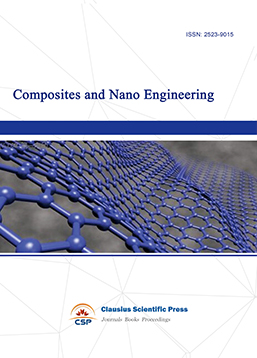
-
Journal of Materials, Processing and Design
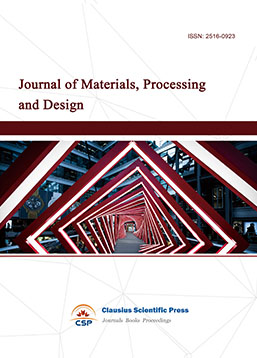
-
Metallic foams
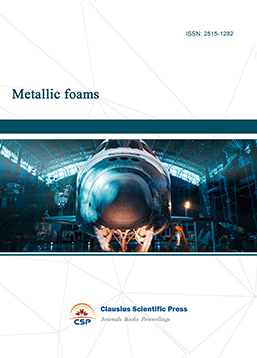
-
Smart Structures, Materials and Systems

-
Chemistry and Physics of Polymers
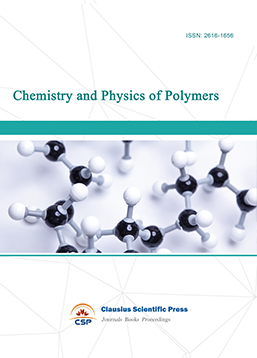
-
Analytical Chemistry: A Journal
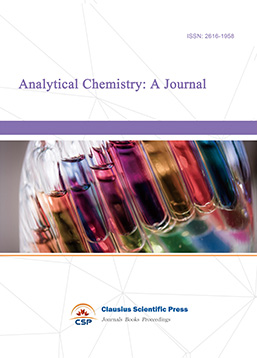
-
Inorganic Chemistry: A Journal

-
Organic Chemistry: A Journal
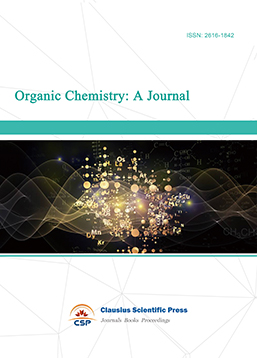
-
Progress in Materials Chemistry and Physics

-
Transactions on Industrial Catalysis
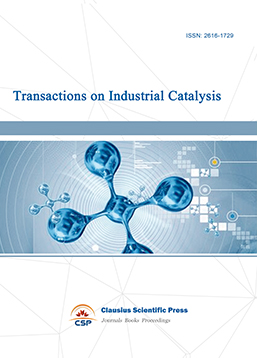
-
Fuels and Combustion

-
Casting, Welding and Solidification
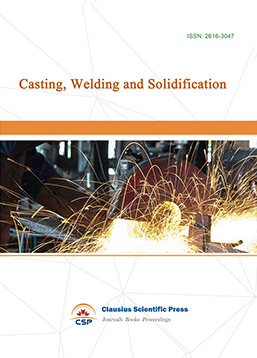
-
Journal of Membrane Technology
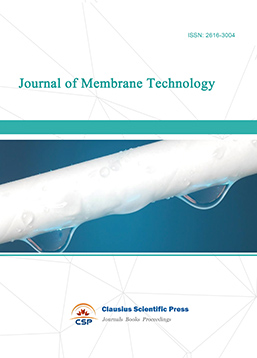
-
Journal of Heat Treatment and Surface Engineering
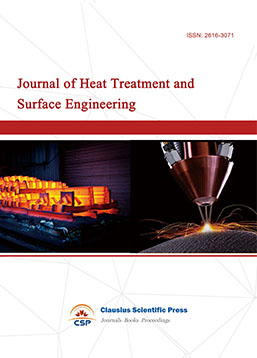
-
Trends in Biochemical Engineering

-
Ceramic and Glass Technology

-
Transactions on Metals and Alloys
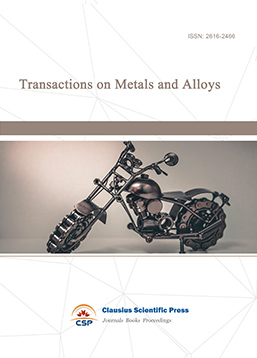
-
High Performance Structures and Materials
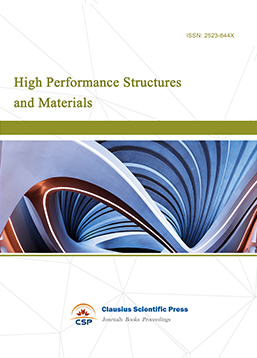
-
Rheology Letters

-
Plasticity Frontiers

-
Corrosion and Wear of Materials

-
Fluids, Heat and Mass Transfer

-
International Journal of Geochemistry
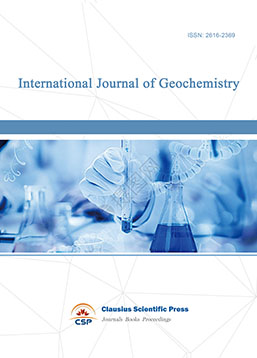
-
Diamond and Carbon Materials
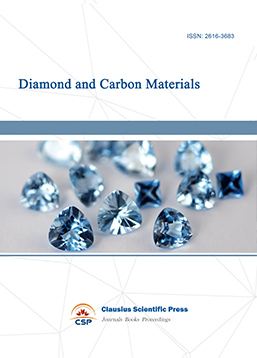
-
Advances in Magnetism and Magnetic Materials
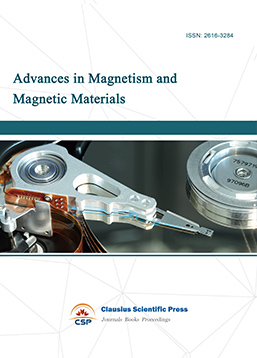
-
Advances in Fuel Cell

-
Journal of Biomaterials and Biomechanics
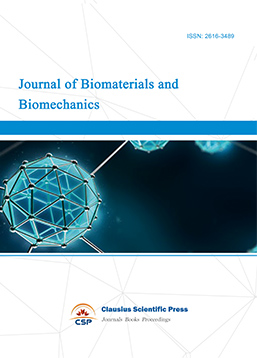

 Download as PDF
Download as PDF